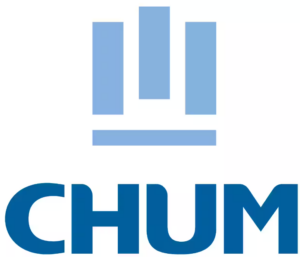What is a QMS?
The Quality Management System (QMS) outlines all the activities that an organization must implement to achieve quality-related goals.
These goals are defined within the quality policy. A QMS is indispensable for the effective operation of diverse processes. It is a support function that plays a role in the organization’s strategy. Based on seven principles, the QMS meets the requirements of ISO 9000 standards concerning quality management systems.
What are the main applications of QMS?
It’s crucial to understand that QMS has three primary applications. Firstly, a robust documentation system development is fundamental for any organization’s quality approach. This involves creating various procedures, operational methods, and records, with a particular emphasis on their long-term maintenance.
The second application involves the PDCA (Plan-Do-Check-Act) cycle, often regarded as the cornerstone of continuous improvement. PDCA is employed across various domains and is frequently illustrated using the Deming wheel, comprising four key phases: “Plan” for action planning, typically aided by an action plan; “Do” for executing these actions; “Check” for verification, often facilitated through dashboards and internal audits; and finally, “Act” for taking action and making necessary adjustments.
The third application of QMS is the management review. The management review is a requirement of several ISO standards. It is an annual or semi-annual meeting typically conducted by the QHSE (Quality, Health, Safety, and Environment) manager in collaboration with the organization’s leadership. The purpose is to provide an overall assessment of the QHSE approach to the management team.
What are the quality management KPIs?
Many KPIs are monitored on the BlueKanGo platform, and their analysis is made easier through dynamic display using Microsoft PowerBI. Here are some essential KPIs in Quality:
1 – Non-conformity monitoring by process/department
2- Customer-supplier complaints monitoring
3 – Customer satisfaction rate
4- Audit monitoring
5 – Actions monitoring
Other examples include:
- Occupational accidents’ frequency and severity rate
- Electricity and water consumption management
- Waste management
- Training monitoring
- Number of new products introduced to the market
- And more…
Why digitize your QMS?
Digitizing your QMS (Quality Management System) means the ability to correlate information on a single platform. Taking the example of Electronic Document Management, it allows for sharing information internally while ensuring the security of company data.
A dedicated tool like BlueKanGo is, above all, a significant time saver. Automated dashboards provide real-time data from the field to managers and relevant departments. Similarly, Business Intelligence tools generate attractive reports and charts. This is highly useful for management reviews. Additionally, you can correlate your audit reports, non-conformity management, and the Unique Document directly with your overall action plan, avoiding multiple data transcriptions between Excel files and preventing data loss in the long term.
What functionalities are there in quality management software?
You will primarily find a dashboard for tracking your KPIs, access to document management, tracking tasks in your action plans, regulatory monitoring, etc.
The functionalities can be adapted to the specific use you intend for the software, allowing you to perform tasks such as:
- Quality management: non-conformities management, customer and supplier complaints, suppliers evaluation and assessment,
- Certifications ( ISO 9001, 45001, 14001, IFS BRC…),
- OSH (Occupational Safety and Health) management: occupational accidents and diseases reporting, occupational risk assessment, prevention plans,
- Field/remote audits,
- For the food industry: HACCP (Hazard Analysis and Critical Control Points),
- Manufacturing: industrial process digitization,
- Environmental management: CSR (Corporate Social Responsibility), ESG (Environmental Social and Governance), sustainable development, waste management, etc.
- HR (Human Resources) management: work permits and authorizations, training, etc.
Our expert’s final thoughts
The quality management system is essential for effectively managing your company. It encompasses all departments, and digitalization proves to be a valuable resource for orchestrating them. Indeed, a single software allows for centralizing information and sharing procedures with management, employees, and contractors.
Digitalization frees you from the constraints of using office tools (Word, Excel, etc.) and paper-based management.
The time savings and real-time information dissemination ensure better activity tracking and enable employees to focus on more valuable and rewarding tasks for the company and the workers.












